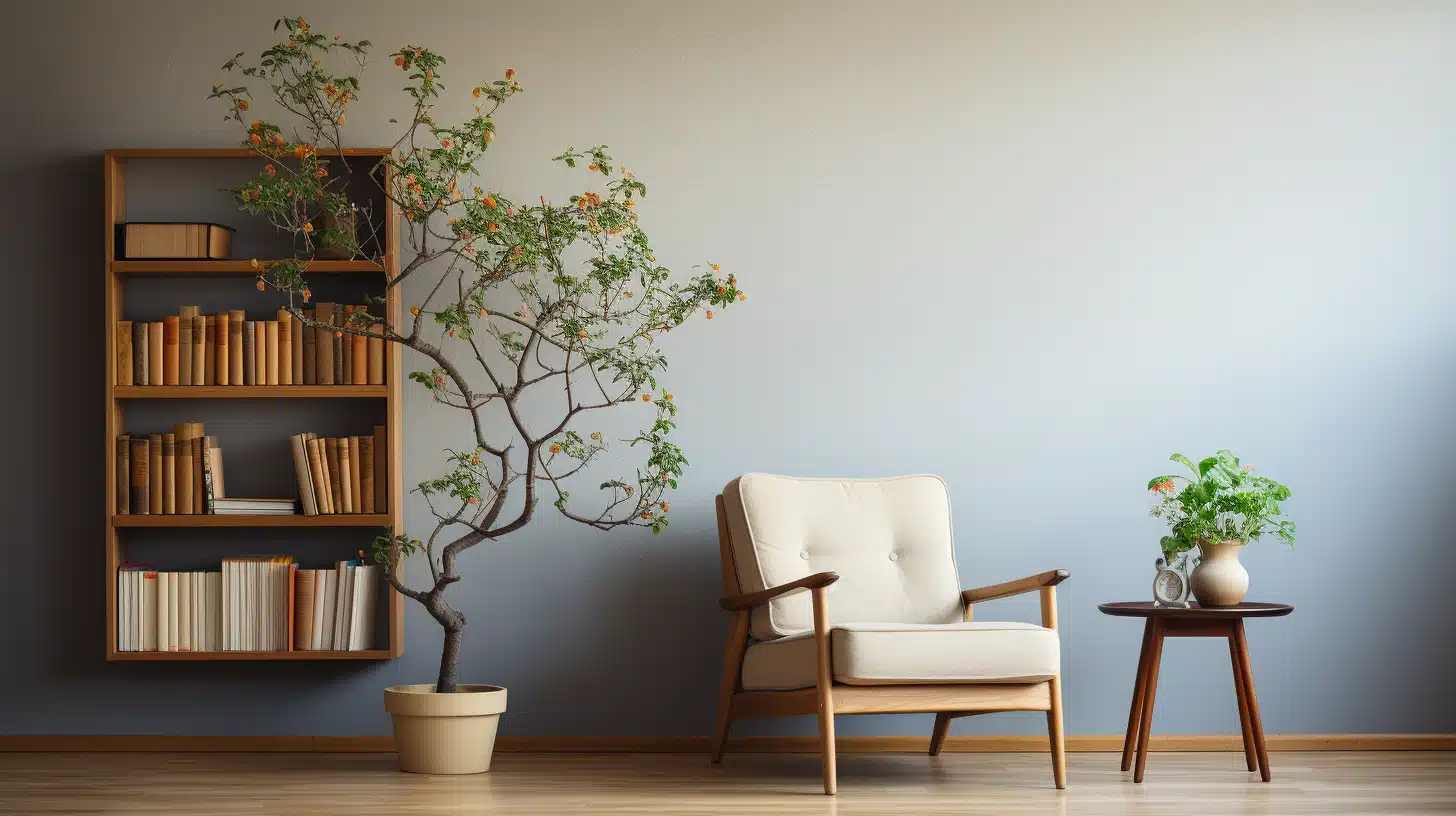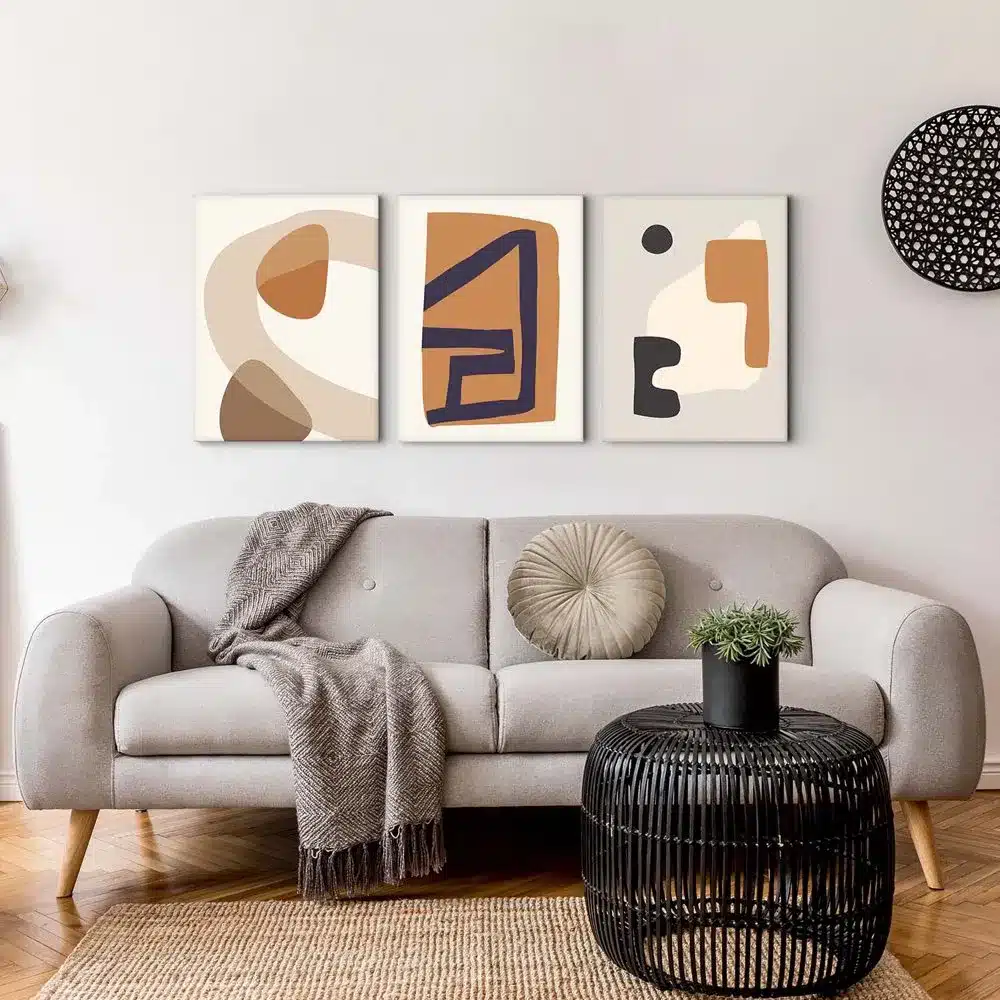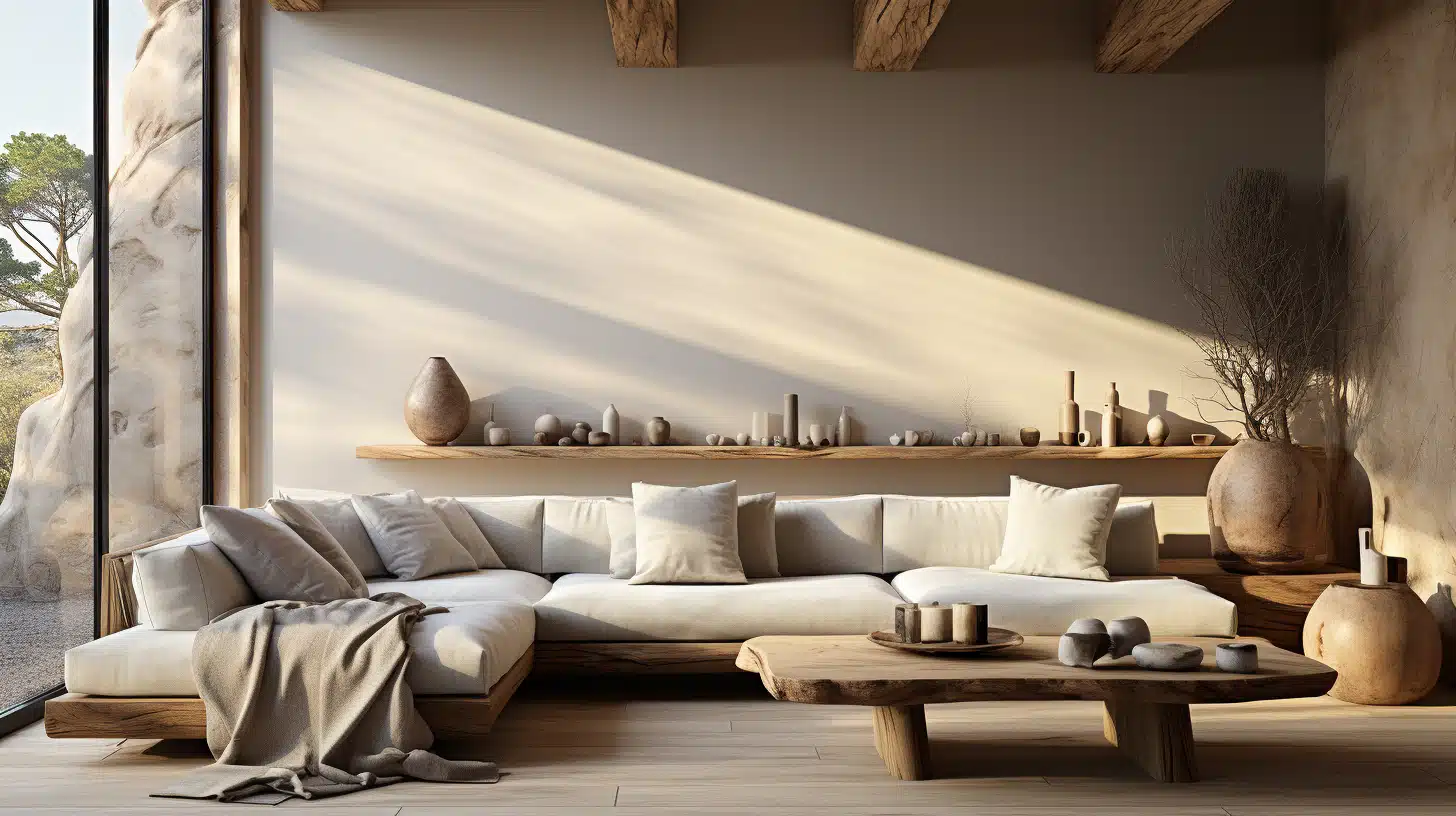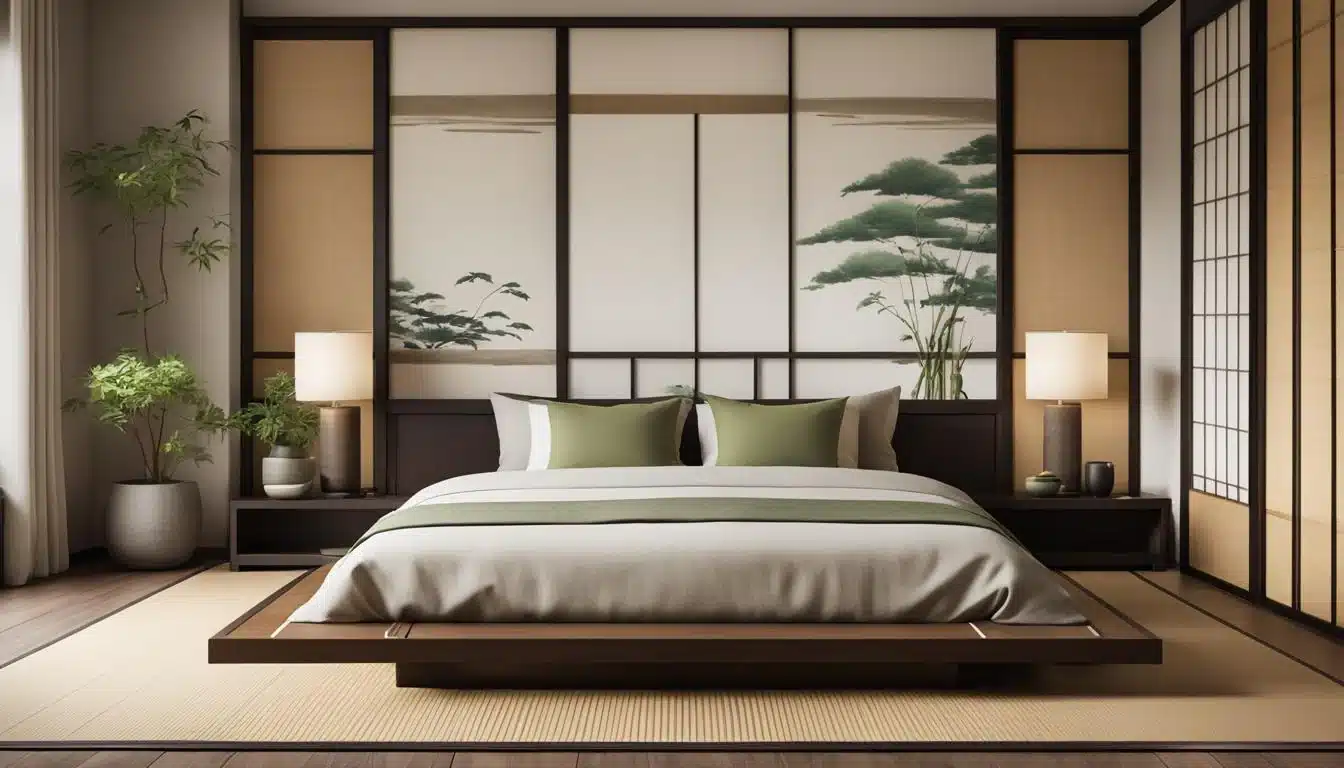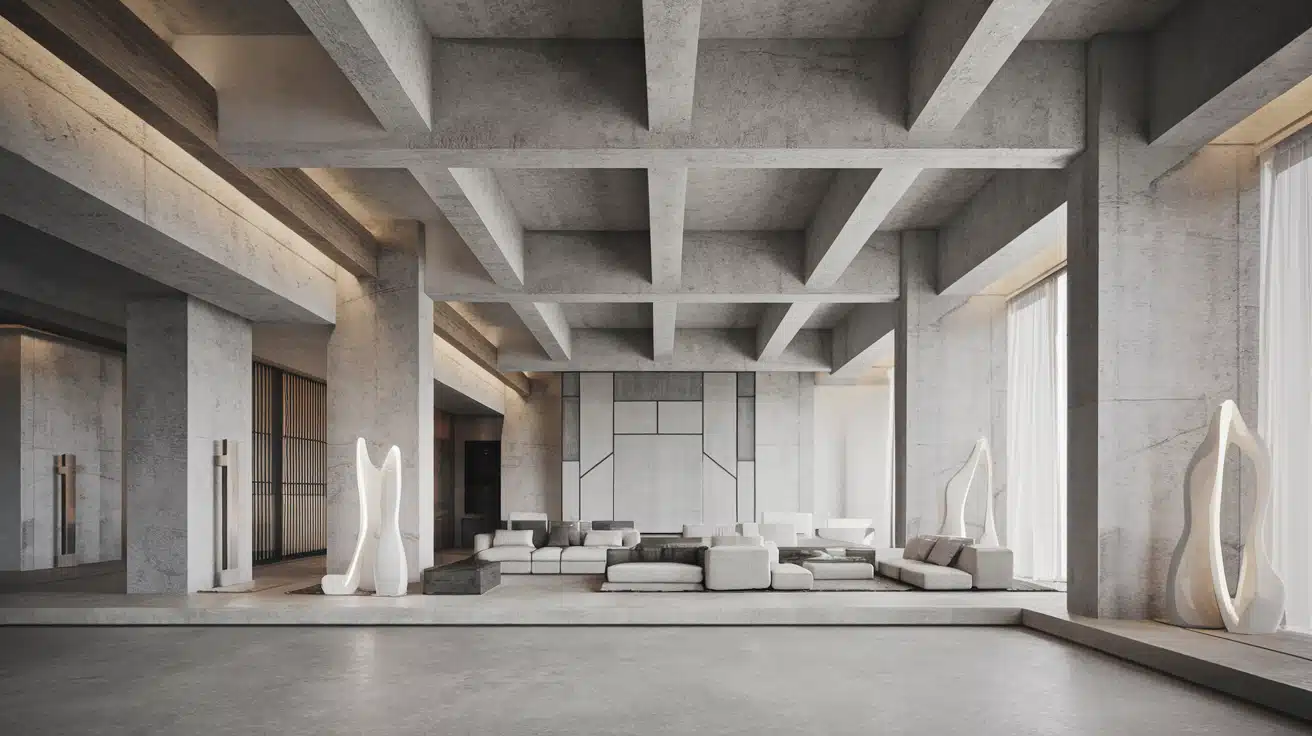The Landlord’s Guide to Minimalism
A growing number of homeowners are realizing the possible advantages of becoming minimalist in their living spaces. This design style mainly emphasizes utility, simplicity, and getting rid of unnecessary clutter in order to create a calm and pleasant space.
Minimalism has many advantages for those who want to make improvements to their houses, including encouraging a more conscious style of living and giving the impression of a larger space. The minimalist style will be highlighted by the installation of slim-framed sliding doors, which provide stylish, contemporary solutions that maximize available space and natural light.
This video will go over the fundamentals of minimalism and provide helpful tips on how to apply this design philosophy to your house to create a lovely, well-balanced area.
The Foundations of Small-scale Living
Minimalism is a way of life that emphasizes the need of living with less, not merely a fashionable look. Eliminating objects that are superfluous and emphasizing those that really enhance your home and quality of life are the fundamental components of minimalism. Features of minimalist design include subdued color schemes, clean lines, and an emphasis on quality over quantity. This method promotes a serene and well-organized mindset, which dramatically improves the appearance of your whole house.
Less is more is the guiding principle of the minimalist movement. You may create a space that is not only aesthetically pleasing but also has a functional and symbolic purpose by eliminating extraneous elements. This line of reasoning promotes consumer awareness as well as thoughtful, enjoyable, and useful product choices. Apart from fostering tranquility and well-being, minimalism aims to design environments that are elegant and simple.
A simple design might significantly enhance the appearance of your house. A feeling of ease and balance is created by thoughtful zone delineation and element arrangement. Warm interior spaces are enhanced by minimalism, which draws attention to architectural elements and lets in plenty of natural light. The fundamental goals of minimalism are efficiency and simplicity, which turns your home into a chic and tranquil haven.
Putting Your Home in Order
The foundation of simplicity is order. It entails methodically getting rid of things that are neither useful nor pleasurable. This method not only creates physical space but also promotes calm and mental clarity. Clear clutter is necessary for minimalist design to seem sleek and clean. Your house will seem lighter and larger if you declutter and put quality before quantity.
A Useful Manual for Efficient De-cluttering
Start by concentrating on one drawer or area at a time. This reduces the daunting nature of the activity and speeds up the time it takes to see results.
Sort and arrange: Arrange the objects based on whether they are intended for recycling, donation, disposal, or holding onto. Tell the truth about your true needs and goals.
One rule of thumb ought to be to replace any out-of-date goods in your house with new ones before adding any more. This keeps everything in order.
Utilize the Storage Options Invest in premium storage options to conceal and arrange necessities. Consider storing furniture that is transportable, wall-mounted bookshelves, and under beds.
Continuous Upkeep: Arrange for frequent decluttering sessions to stop clutter from building up. A systematic approach ensures that your home will seem orderly and uncomplicated.
Maintaining a clutter-free environment after cleaning calls for ongoing care. Develop the routine of going through your belongings and getting rid of everything you don’t need. Create a system to keep an eye on newly brought objects into the house and encourage all residents to live simpler lifestyles. Maintaining a simple way of living might assist you in keeping your home’s serene and lovely surroundings.
Selecting the Appropriate Instruments
When it comes to furnishing a minimalist home, less is more. Make sure the furniture you choose is fashionable and useful. Seek for higher-quality materials, muted hues, and simple line work. Modern dining tables, comfortable sofas, and storage options that are flexible may all be considered necessities. Choose multipurpose furniture, such a bed with storage drawers or a workstation that doubles as a coffee table.
Some Pointers for Choosing Other Slim-Framed and Minimalist Sliding Doors
Slim-framed sliding doors would be a great addition to a minimalist house. While providing a clean and contemporary appearance, they maximize available space and natural light. These suggestions assist in selecting the best:
Materials: For a sleek, modern appearance, use metal and glass.
Spend more money on well-made, useful doors than on how many there are.
Consistency: Make sure the sliding doors you choose accentuate your home’s overall appearance rather than detracting from it.
Retaining Order and Preserving Beauty
Finding a balance between usefulness and aesthetic appeal is crucial when styling with minimalism. Each piece of furniture should have a specific function and blend in with the overall style and mood of your house. Prioritize use and comfort above style without compromising either. Your living area would be more functional and aesthetically pleasing with simpler furnishings.
Ideas for Basic Decor’s Materials and Colors
In minimalist design, a simple, neutral color scheme is often used. The foundation is composed of the colors beige, gray, and white because they provide a soothing and cozy atmosphere. Natural wood tones or black accents provide intrigue and depth without being too overwhelming. Make use of high-quality, organic construction materials such as stone, wood, and metal. These materials not only offer texture but also highlight the core concepts of quality and durability.
Has Natural Elements
The use of organic materials is a fundamental aspect of minimalist building. Include organic components like plants, which not only improve the aesthetics of your area but also foster a livelier, healthier environment. Select low-maintenance plants that can withstand a variety of environments, such succulents or snake plants. Furthermore, natural elements like hardwood furniture, stone countertops, and bamboo blinds enhance minimalist décor.
Minimalism in Accessories and Art
The main idea behind minimalist art and accessories is to have less. To give the room flare and your own sense of style, choose a few standout pieces. Black-and-white posters, abstract artwork, and simple sculptures may help you create focus points without overcrowding the room. Don’t overuse your accessories. A well-chosen vase, stylish lamp, or lone framed photo may add character and warmth to a room without taking away from the minimalist aesthetic.
Maximizing Light and Space Resources
Natural Light’s Place in Minimalism
Minimalist interior spaces should seem spacious and airy when lit only by natural light. Large windows, glass doors, and open floor plans all provide a lot of natural light. To maximize natural light, consider replacing heavy drapes with thin blinds or getting rid of them altogether. Using mirrors and other reflecting surfaces, such as glass, may help create a cozier and more welcoming environment in a space.
Making Use of Reflective Surfaces and Mirrors
Mirrors are widely used in simple architecture. By reflecting light and adding a decorative element without adding to the clutter, they improve the look of spaces. Use mirrors strategically across windows or along tight hallways to create the illusion of more space. Surfaces with more light reflection, including shiny furniture finishes or metallic accents, may draw attention to how open and bright the space is.
Compact Furniture & Layout Ideas
A minimalist home maximizes the amount of space that is available. Select multipurpose furniture, such a dining table with storage sections or a sofa sleeper. The ability to convert modular furniture into many configurations gives you versatility in how you utilize your available space.
If you want to conceal anything from sight and keep things neat, consider built-in storage options. Arrange your furniture to make the most of the available space and make room for walkways, giving the impression that your home is well-thought-out and spacious.
Durable Minimalism Using Eco-Friendly Materials and Techniques
Sustainable minimalism embraces simplicity while minimizing its negative effects on the environment. Use environmentally friendly items such as reusable wood, recyclable metal, and organic cotton. These materials give your house a distinctive charm while reducing trash. A person may lead a more sustainable lifestyle by using energy-saving techniques, such as switching to LED lighting and energy-efficient appliances.
The Advantages of Ecological Simplicity
There are several advantages to implementing sustainable minimalist concepts in your neighborhood and house. Since environmentally friendly materials may sometimes be stronger and last longer, they need fewer replacements over time. By using less resources, a more minimalistic lifestyle reduces carbon emissions. Sustainable minimalism uses less synthetic materials and dangerous chemicals, which contributes to a healthier home.
How to Make Sustainability a Part of Your Minimalist Home
Attaining sustainability in your tiny house will need thoughtful decisions on your lifestyle and possessions. Start by selecting durable, environmentally friendly products and prioritizing quality over quantity. Encourage local companies and craftspeople to use environmentally responsible methods. Try to recycle and reuse as much as you can to cut down on trash. With careful design, it is possible to build a stylish, low-maintenance, and ecologically responsible home.
In General
A minimalistic style might make your home seem more like a tranquil haven. Designing places that are both visually pleasing and functional is made easier when sustainability, simplicity, and usefulness are prioritized. To create this look, declutter, choose the appropriate furniture, and use minimalist décor concepts.
The aesthetics are further enhanced by making the most of natural light and space-saving techniques. Lastly, using sustainable building methods guarantees that your futuristically sound, eco-friendly minimalist house will be Now is the perfect time to begin your minimalist journey and enjoy a peaceful, clutter-free home.

